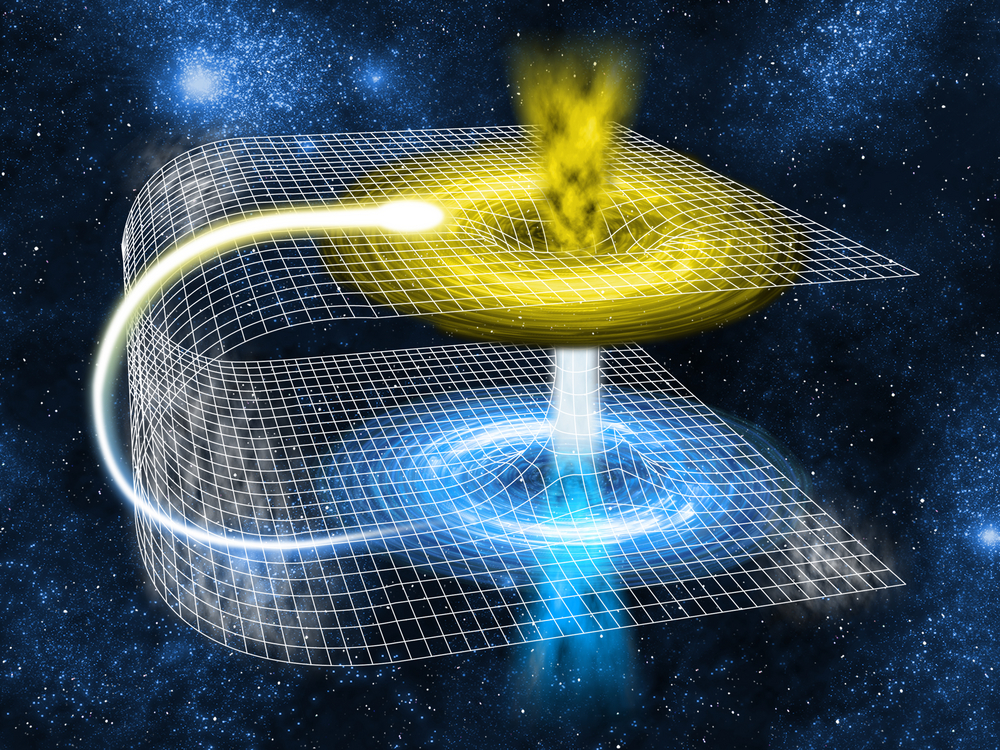FM Modulation
The block diagram for a basic FM Modulator:
Some times post-amplification is also carried out after the modulation.
Circuit Diagram:
This circuit does not include pre-amplification to make it simple to understand.
Electret Microphone
An electret microphone has two pins which connect to the positive and negative leads of a battery. As shown in the drawing below, one looks at the bottom of the electret microphone. The pad that physically touches the microphone's casing connects to the battery's negative lead.
2N2222A Transistor
The 2N2222A is a very common NPN transistor. The one used here (Jameco #38236) is the metal can type (TO-18 casing). Its three pins are for the transistor's base (B), collector (C) and emitter (E). There is no standard pinout for transistors. As such, request the transistor's spec sheet when ordering it to identify the pinout, or if you own a multimeter with a transistor tester, use it.
The 2N2222A also comes in a black plastic casing (TO-92 style) which you can use if you want. The T0-18 is preferred because the can has a small tab that typically represents the emitter pin.
Make sure you correctly identify the 2N2222A's pinout and correctly wire the base, collector and emitter in the schematic. Often, circuit malfunctions because the pins were mis-wired.
Variable Capacitor
The leads for the variable capacitor do not fit in normal 0.1 inch protoboards. You can dremel-drill into the protoboard to make the leads fit. Alternatively you can solder wire to the leads, but if you do, keep wires as short as possible in order to avoid stray capacitance.
Theory: How does the FM Transmitter Work?
The variable capacitor and your self-made inductor will vibrate at frequencies in the FM radio band (88 to 108 MHz). The electret microphone has a resistance that depends on how loudly you speak into it. This microphone is battery powered and according to the V=IR Ohm's Law, changes in resistance for fixed voltage will result in proportional changes in current. This current feeds into the base of the 2N2222 NPN transistor which is connected to your variable capacitor, inductor and antenna. The net effect is that depending on your variable capacitor's value, your voice will be modulated to transmit at a frequency between 88 and 108 MHz. If a nearby pocket FM radio is tuned to this frequency, you'll be heard when speaking into your transmitter.
The component values in the circuit are derived to better understand how this FM transmitter will work. The underlying math is rather simple and can be found in most undergraduate university physics textbooks.
The specific frequency f generated is now determined by the capacitance C and inductance L measured in Farads and Henry respectively:
Resonant Frequency of a Parallel LC Circuit:
FM radio stations operate on frequencies between 88 and 108 MHz. The variable capacitor and your self-made inductor constitute a parallel LC circuit. It is also called a tank circuit and will vibrate at a resonant frequency which will be picked up your pocket FM radio.
In tank circuits, the underlying physics is that a capacitor stores electrical energy in the electric field between its plates and an inductor stores energy in the magnetic field induced by the coil winding. The mechanical equivalent is the energy balance in a flywheel; angular momentum (kinetic energy) is balanced by the spring (potential energy). Another example is a pendulum where there's a kinetic versus potential energy balance that dictates the period (or frequency) of oscillations.
Given your variable capacitor ranges from 4 to 34 pF, your tank circuit will resonant between 66 and 192 MHz, well within the FM radio range.
FM Circuit with Pre-Amplification:



























